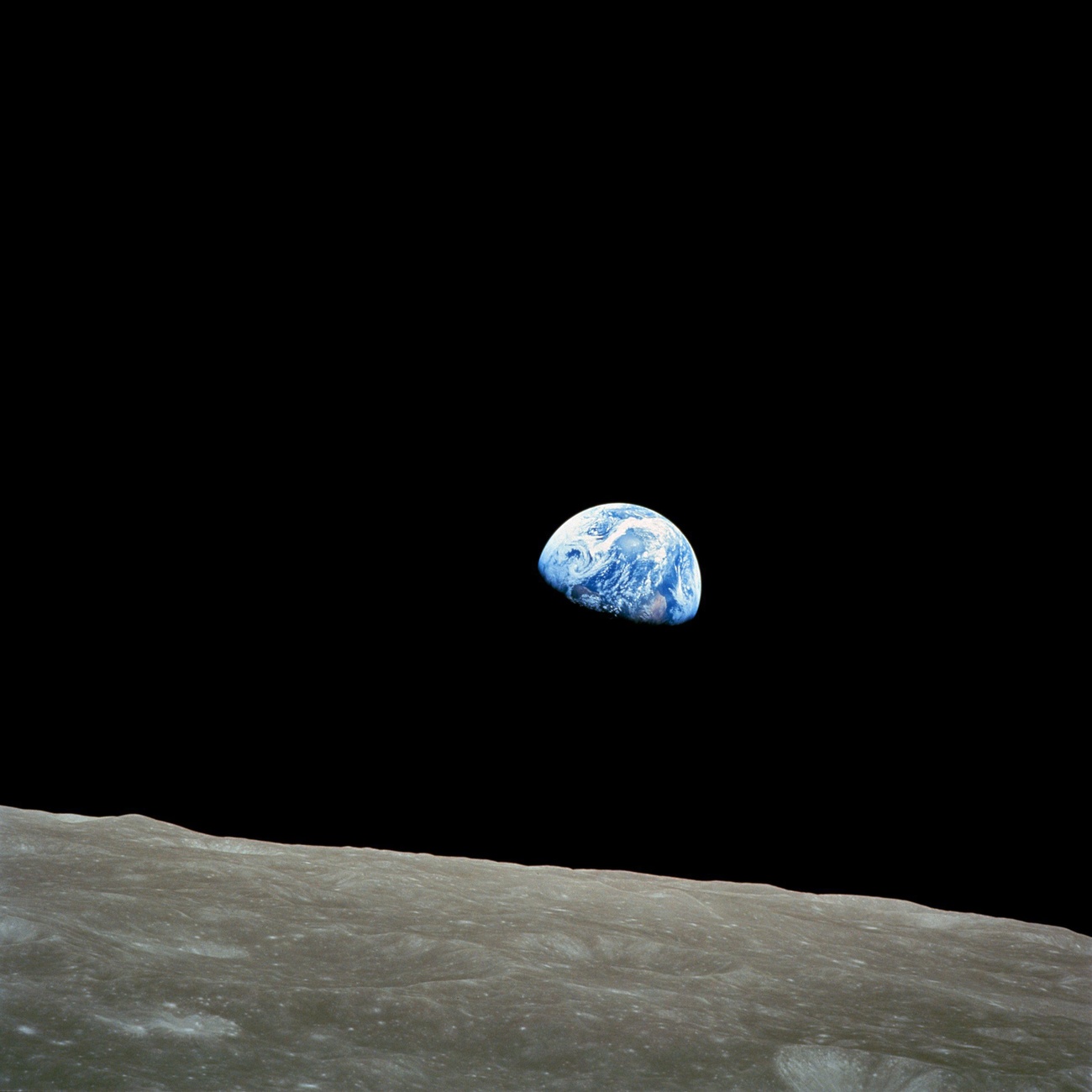
Swiss scientists discover unusual zones in Earth’s mantle

Using high-resolution models to study the Earth's mantle, scientists have identified zones of rocks in the lower mantle layer that are colder, or have a different composition, than surrounding rocks. This challenges our current understanding of the Earth's plate tectonics.
+Get the most important news from Switzerland in your inbox
Using a new high-resolution model, scientists have discovered areas in the Earth’s interior that look like the remains of submerged plates.
“Yet, these are not located where they were expected; instead, they are under large oceans or in the interior of continents – far away from plate boundaries,” the Swiss federal technology institute ETH Zurich wrote in a press release on Tuesday.
The research was carried out jointly by geophysicists from ETH Zurich and the California Institute of Technology and was recently published in the Scientific Reports journal.
Up to now, such plates have always been discovered where they were expected, according to ETH Zurich. In other words, where two tectonic plates meet and one dives under the other into the Earth’s interior. This has helped scientists to investigate the formation and destruction of plates on the Earth’s surface over the course of its history.
Phenomenon not yet explained
However, according to current plate tectonic theories and findings, there should be no material from submerged plates under the western Pacific region. According to ETH Zurich, it is impossible that there were subduction zones nearby in recent geological history.

More
Earth’s core ‘cooling faster than thought’
Geophysicists often use seismograms, or earthquake recordings, to determine the speed at which earthquake waves propagate. They then use this information to calculate the internal structure of the Earth.
As the researchers can only study the zones indirectly via the speed of seismic waves, they are not yet able to say conclusively what exactly is hidden in the Earth’s mantle.
In addition to the remains of tectonic plates, the scientists believe that it could be either ancient, silica-rich material that has been there since the formation of the mantle about four billion years ago and has survived despite the convective movements in the mantle, or zones where iron-rich rocks accumulate as a consequence of these mantle movements over billions of years.

More
Scientists uncover new insights into the Earth’s formation
Translated from German by DeepL/sb
This news story has been written and carefully fact-checked by an external editorial team. At SWI swissinfo.ch we select the most relevant news for an international audience and use automatic translation tools such as DeepL to translate it into English. Providing you with automatically translated news gives us the time to write more in-depth articles.
If you want to know more about how we work, have a look here, if you want to learn more about how we use technology, click here, and if you have feedback on this news story please write to english@swissinfo.ch.

In compliance with the JTI standards
More: SWI swissinfo.ch certified by the Journalism Trust Initiative



























You can find an overview of ongoing debates with our journalists here . Please join us!
If you want to start a conversation about a topic raised in this article or want to report factual errors, email us at english@swissinfo.ch.